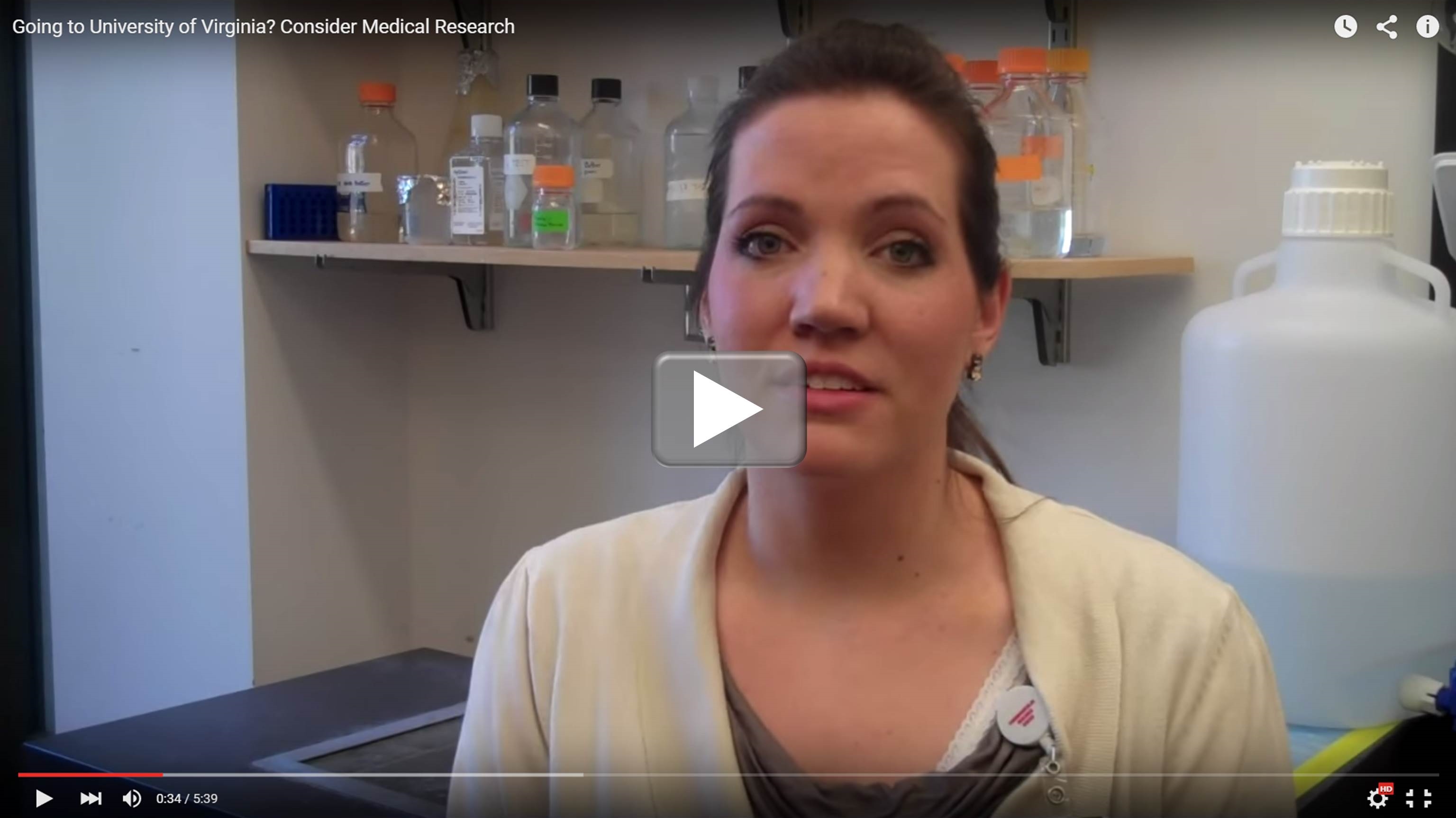metastasis – NIH Director's Blog (original) (raw)
Cool Videos: Spying on Cancer Cell Invasion
Posted on February 4th, 2016 by Dr. Francis Collins
If you’re a fan of the Mission: Impossible spy thrillers, you might think that secret agent Ethan Hunt has done it all. But here’s a potentially life-saving mission that his force has yet to undertake: spying on cancer cells. Never fear—some scientific sleuths already have!
So, have a look at this bio-action flick recently featured in the American Society for Cell Biology’s 2015 Celldance video series. Without giving too much of the plot away, let me just say that it involves cancer cells escaping from a breast tumor and spreading, or metastasizing, to other parts of the body. Along the way, those dastardly cancer cells take advantage of collagen fibers to make a tight-rope getaway and recruit key immune cells, called macrophages, to serve as double agents to aid and abet their diabolical spread.
Posted In: Health, Science, Video
Tags: blood vessel, breast cancer, cancer, cancer cells, cancer imaging, cancer metastasis, CellDance 2015, collagen, imaging, intravital microscopy, IVM, macrophage, metastasis, oncology, primary tumor, TMEM, tumor metastasis, tumor microenvironment, tumor microenvironment of metastasis
LabTV: Curious about Pancreatic Cancer
Posted on November 12th, 2015 by Dr. Francis Collins
Growing up in Blacksburg, VA, Lindsey Brinton was constantly asking her parents how everything worked. She took this expansive natural curiosity with her to the University of Virginia, where she earned undergraduate degrees in French literature and biomedical engineering. Now a Ph.D. candidate at UVA in the lab of Kimberly Kelly—and the subject of our latest LabTV video—Brinton is posing interesting questions about pancreatic cancer.
Pancreatic cancer is one of the most difficult cancers to treat, in part, because it often spreads early and is diagnosed too late. Brinton’s research is focused on the cells that surround the tumor, the so-called stroma, and on the risk of metastasis. She wonders whether these cells display unique targets on their surface that, once discovered, can be exploited to kill the tumor cells. It’s certainly challenging research. Failures far outnumber successes. But as Brinton points out, endurance, perseverance, and keeping your eye on the big picture can lead to success.
Cancer Metastasis: Trying to Catch the Culprits Earlier
Posted on September 15th, 2015 by Dr. Francis Collins
Caption: Scaffold of a cancer cell-attracting implant as seen by scanning electron microscopy.
Credit: Laboratory of Lonnie Shea
For many people diagnosed with cancer localized to the breast, prostate, or another organ, the outlook after treatment is really quite good. Still, most require follow-up testing because there remains a risk of the cancer recurring, particularly in the first five years after a tumor is removed. Catching recurrence at an early, treatable stage can be difficult because even a small number of new or “leftover” tumor cells have the ability to enter the bloodstream or lymphatics and silently spread from the original tumor site and into the lung, brain, liver, and other vital organs—the dangerous process of metastasis. What if there was a way to sound the alarm much earlier—to detect tumor cells just as they are starting to spread?
Reporting in Nature Communications [1], an NIH-funded research team from the University of Michigan, Ann Arbor, and Northwestern University, Evanston, IL, has developed an experimental device that appears to fit the bill. When these tiny, biodegradable scaffolds were implanted in mice with a highly metastatic form of breast cancer, the devices attracted and captured migrating cancer cells, making rapid detection possible via a special imaging system. If the results are reproduced in additional tests in animals and humans, such devices might enable earlier identification—and thereby treatment—of one of the biggest challenges in oncology today: metastatic cancer.
Tags: bioengineering, breast cancer, cancer, cancer detection, cancer diagnosis, circulating tumor cells, CTC, implantable scaffold, ISOCT, metastasis, metastatic cancer, oncology, PLG scaffolds, precision medicine, secondary tumors
Snapshots of Life: Wild Outcome from Knocking Out Mobility Proteins
Posted on July 31st, 2014 by Dr. Francis Collins
Credit: Praveen Suraneni and Rong Li, Stowers Institute for Medical Research
When biologists disabled proteins critical for cell movement, the result was dramatic. The membrane, normally a smooth surface enveloping the cell, erupted in spiky projections. This image, which is part of the Life: Magnified exhibit, resembles a supernova. Although it looks like it exploded, the cell pictured is still alive.
To create the image, Rong Li and Praveen Suraneni, NIH-funded cell biologists at the Stowers Institute for Medical Research in Kansas City, Missouri, disrupted two proteins essential to movement in fibroblasts—connective tissue cells that are also important for healing wounds. The first, called ARPC3, is a protein in the Arp2/3 complex. Without it, the cell moves more slowly and randomly [1]. Inhibiting the second protein gave this cell its spiky appearance. Called myosin IIA (green in the image), it’s like the cell’s muscle, and it’s critical for movement. The blue color is DNA; the red represents a protein called F-actin.
Posted In: Science
Tags: Arp2/3, ARPC3, cancer cells, cell movement, cells, DNA, F-actin, fibroblasts, Life: Magnified, metastasis, myosin IIA, proteins, stem cells, wound healing
Creative Minds: Engineering Targeted Breast Cancer Treatments
Posted on July 8th, 2014 by Dr. Francis Collins
Debra Auguste
A few years ago, Debra Auguste, a chemical engineer then at Harvard University, was examining the statistics on breast cancer: the second most common cancer in women in the U.S. after lung cancer. She was disturbed to discover that of all the ethnic groups, African American women with breast cancer suffered the highest mortality rates—with 30.8% dying from the disease [1-3].
As an African American woman, Auguste was stunned by this correlation. She wondered whether there was some genetic aspect of breast cancer cells in African Americans that made these cancers more aggressive and more difficult to cure.




